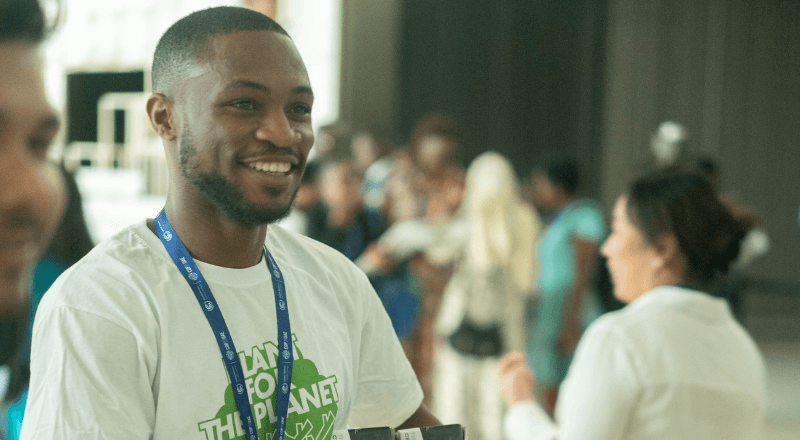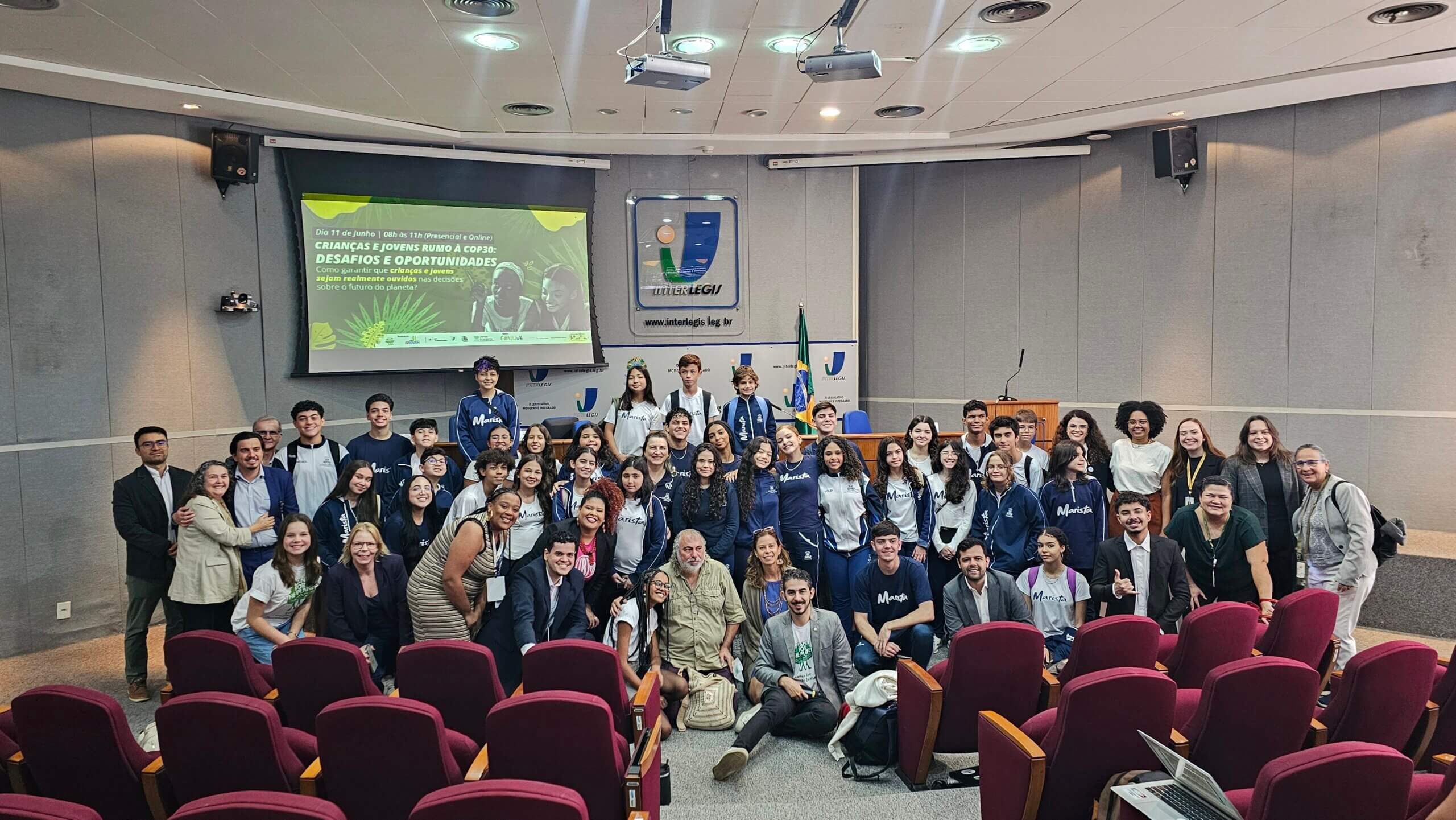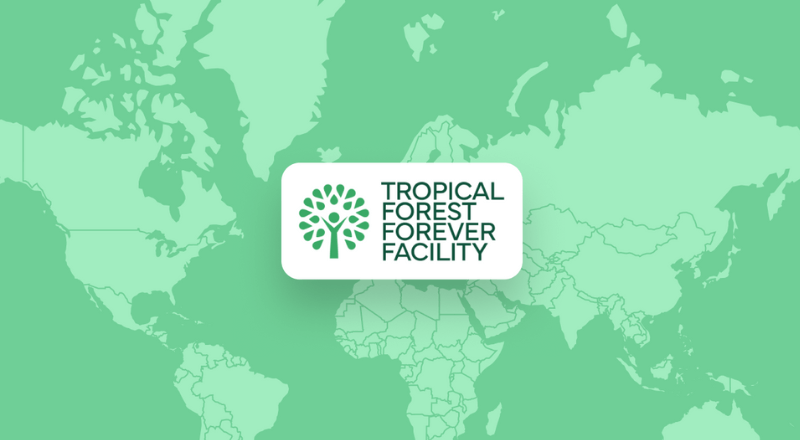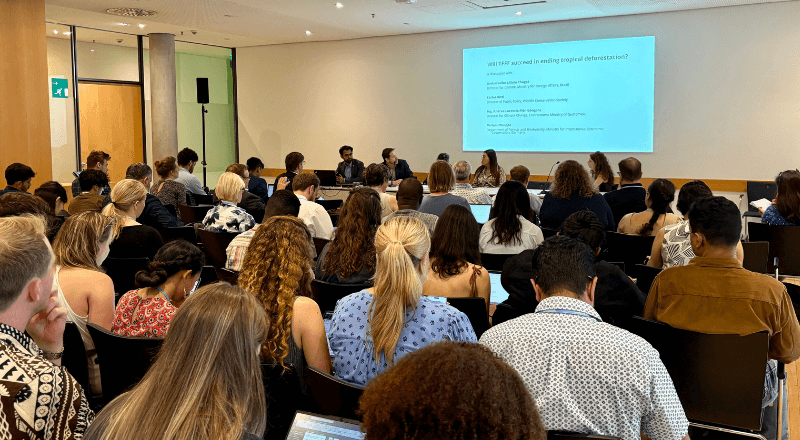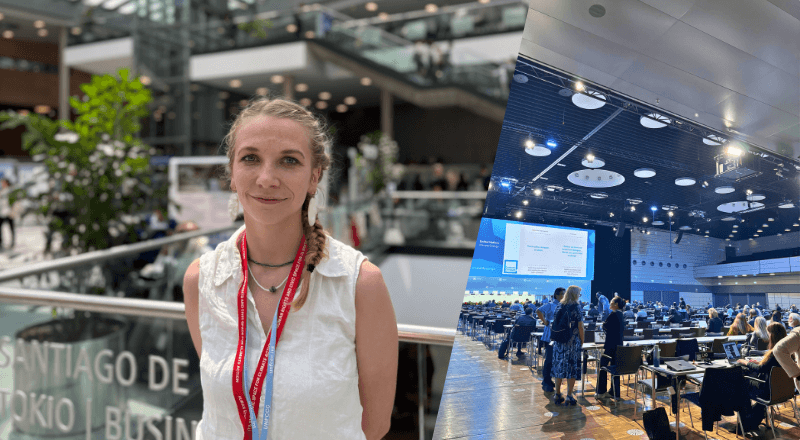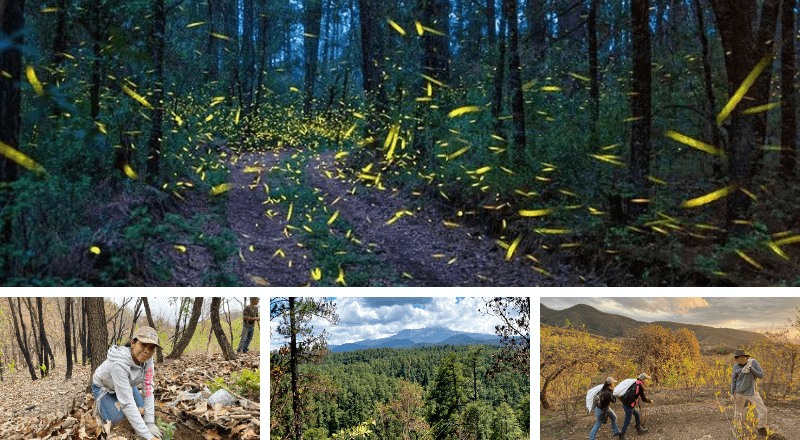
Climate impact including prolonged drought and human activities such as pasturing and deforestation is affecting communities in Mexico and Colombia that sometimes depend on forest resources for their livelihood. According to the G20 Climate Risk Atlas, Mexico is set to lose about 1.97 percent of its GDP to climate impacts by 2050 if urgent measures are not taken.
One group is stepping in to help advance the much needed action on the ground. “Donate A Tree to the World”, co-founded by Roy Phelan– a former technology executive who now dedicates himself full-time to fighting climate crisis through forest restoration and Mariana Segura, who has a law degree and a Masters in Sustainable Development from Macquarie University, Australia, is driving restoration of natural forests in communities in Mexico. Their work will benefit these communities by providing habitat for local wildlife, reducing soil erosion and replenishing underground water reserves.
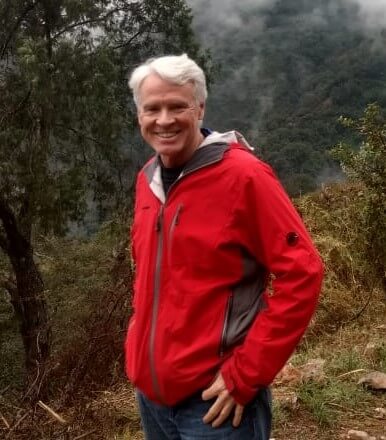
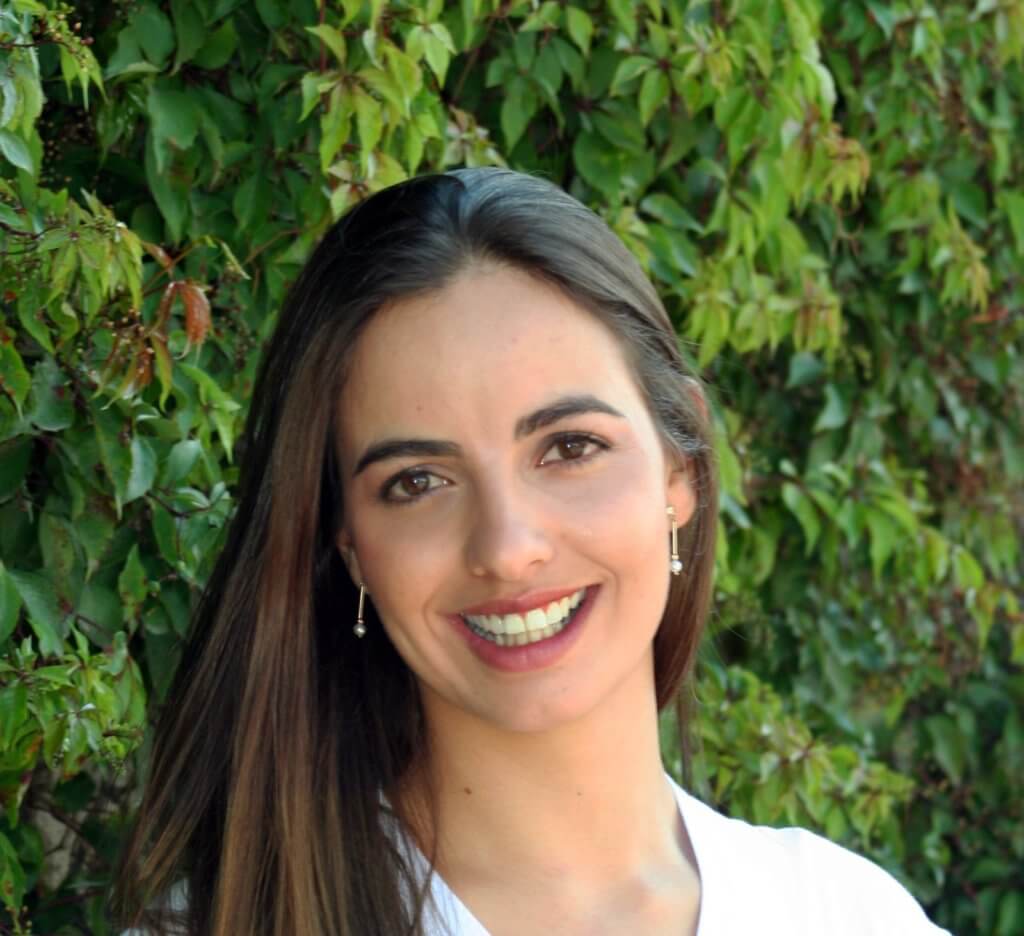
Roy spends his time raising money in the United States throughout the year and helping out with the restoration efforts during the summer. Mariana devotes her time to building awareness of the importance and advantages of sustainable living. Roy and Mariana work under the direction of Paul Burgos whose primary responsibility is to find the planting locations and work out agreements with the local communities.
Mariana and Roy speak to us on this edition of the blog:
Restoring Natural Environment
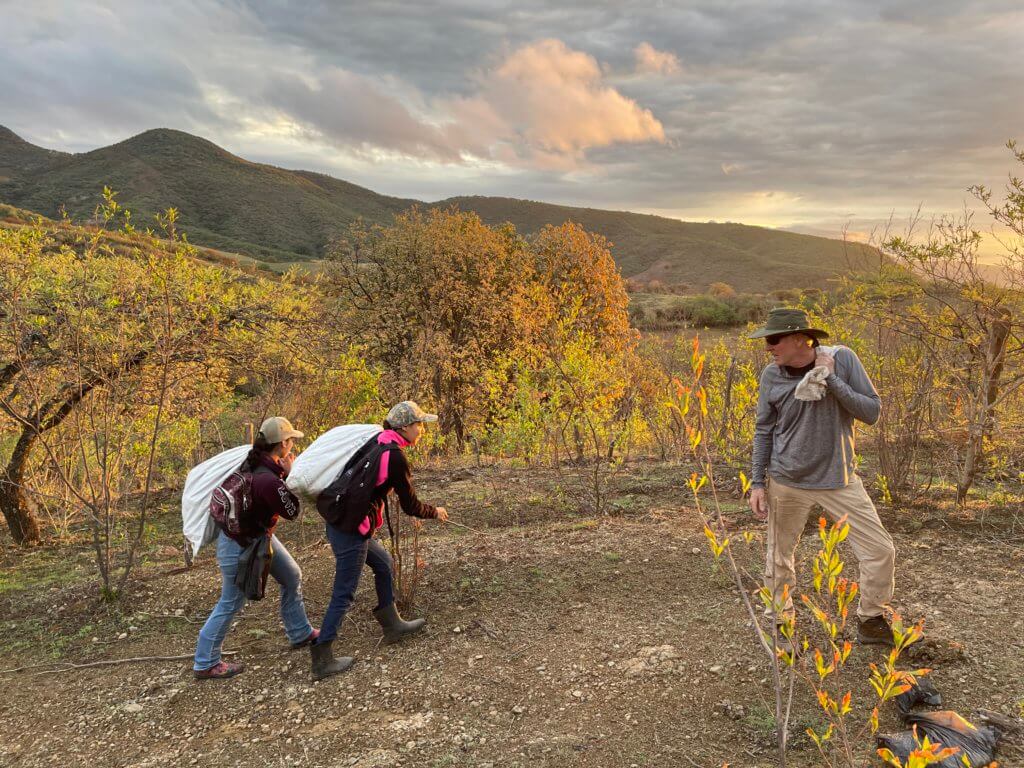
The more we work with disadvantaged communities in Mexico the more we have learned about how the climate crisis and population increases have been negatively affecting their natural surroundings. We work with people who depend on their land for a good part of their livelihood and we could see a good amount of degradation, especially in and around the forests. The degradation has been due to increased severity of the dry season, increased pest activity, and in some areas illegal logging. So our approach is to work directly with local communities who do not have the resources and help them restore the natural environments that surround them. We only work in areas where we know that the primary threats to the trees can be managed effectively.
Our projects take into account all factors of sustainable conservation. We provide education to community members regarding how they can live more sustainably with their environment and where possible we provide economic benefits.
Agroforestry, Soil Erosion and Underground Water
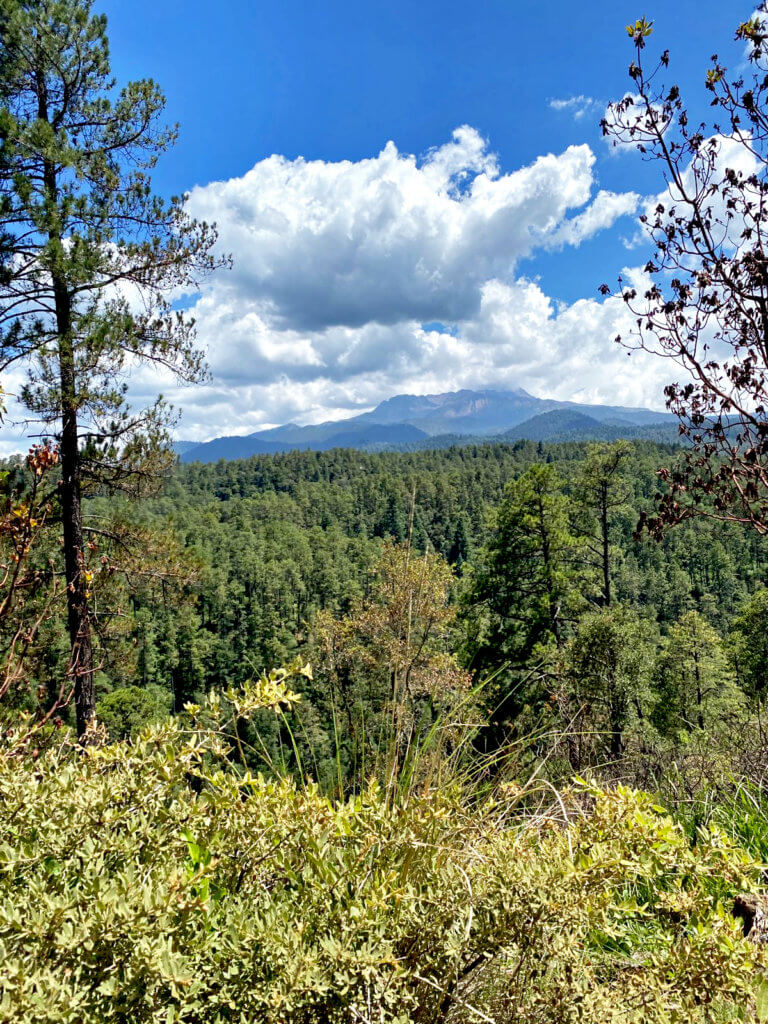
We have been working for the past 5 years and we can already see certain areas coming back to life. We see tree density in some areas already improving and this tree density will help significantly in reducing soil erosion and in making sure underground water reserves are continuously being replenished.
One example of this is our project in Quindío, Colombia. Here we have been restoring a biological corridor that is critical to the overall ecosystem of the region. We have observed that animals such as the capybara are already returning to the region.
Our projects also support agroforestry. We plant trees around fields of agave, corn and avocado and, in appropriate areas, we plant pine nut trees which will yield a valuable cash crop in the years to come.
Discovering Plant-for-the-Planet
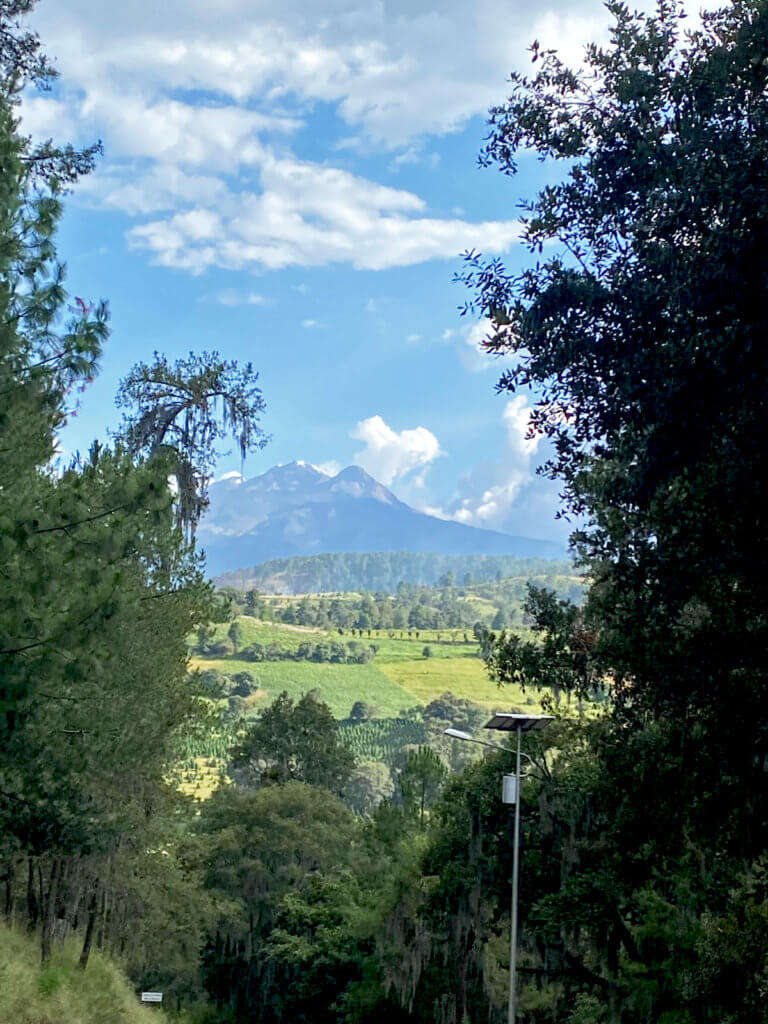
We had been in the process of reaching out to other organizations similar to ours in an effort to share information. During our discussion with Megan Fulton, the CEO of “Forests for Monarchs”, she mentioned we should get in touch with Plant-for-the-Planet. The rest is history. Plant-for-the-Planet is the only platform that provides us the ability to show our various projects directly to the end donor. We do work with other organizations who fund some of our other planting sites but we do not get exposure to the end donors with those organizations.
From Donations to Planting in Rainy Summer
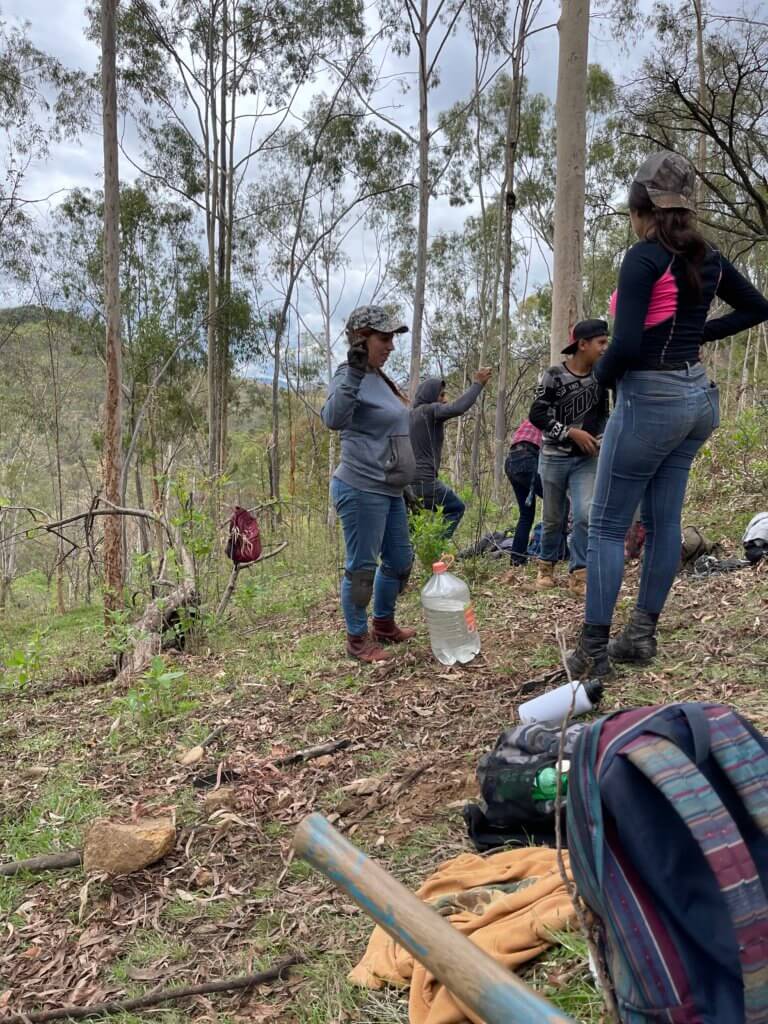
Our work starts about 18 months prior to planting and ends 3 to 4 years afterward. We need to plan 18 months in advance to make sure native trees are available for the site and to make sure the local community is committed. Once the trees are purchased from the nursery, we then transfer them to the local community and we start planting. Members of the local community make up 90 percent of the planting team, we provide some leadership and also here and there volunteers join us. The planting is done during the summer rainy season. A team of 15 people can generally plant about 2,500 trees in a day. So, for a larger project like El Magistral, Mexico, we can plant 30,000 in about 3 weeks. After planting we water our trees several times a year for the next 3 to 4 years in order to ensure a high rate of survival.
All of our projects include an education program for the various participants. For members of the local community, we discuss how they can live more sustainably and also, we work with the women of the community to give them tools for self-empowerment. When university students volunteer to help we educate them on the climate crisis and forest restoration.
As I stated, the main team of planters is made up of community members. We also get volunteers such as employees of sponsors and university students. Probably 75 percent of the planting crew are women. In many cases the men work far away from home, such as the United States, and send money back, as such our teams have a high percentage of women. And they work hard and get the job done right!
Working with Women and Local Communities
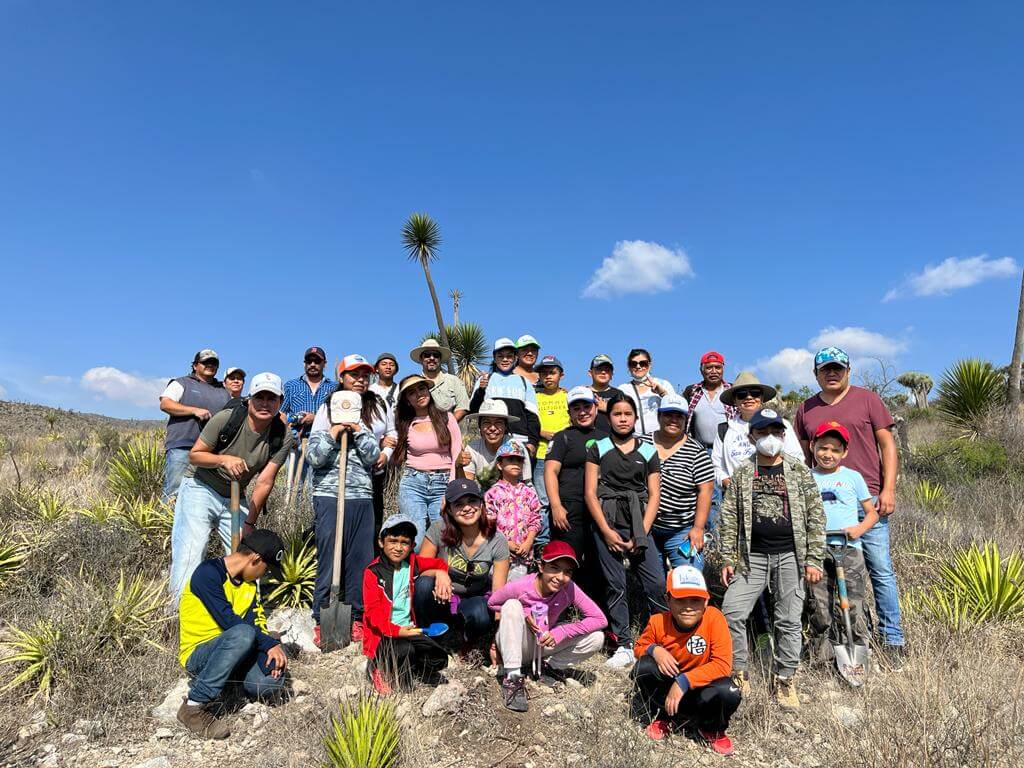
We have developed a presence on several university campuses as well. Here students help us through a volunteer program. They help us plant trees, help us with our social networks, and help us manage events. The two primary universities are BUAP (Benemérita Universidad Autónoma de Puebla) and Tecnológico de Monterrey.
The main impact we have is to stop the degradation of forests and to improve the current conditions of the forests that surround the communities where we work. These improvements will help reduce soil erosion, ensure that underground water reserves are replenished and the trees do provide a home for wildlife.
Native Trees, Local Sourcing
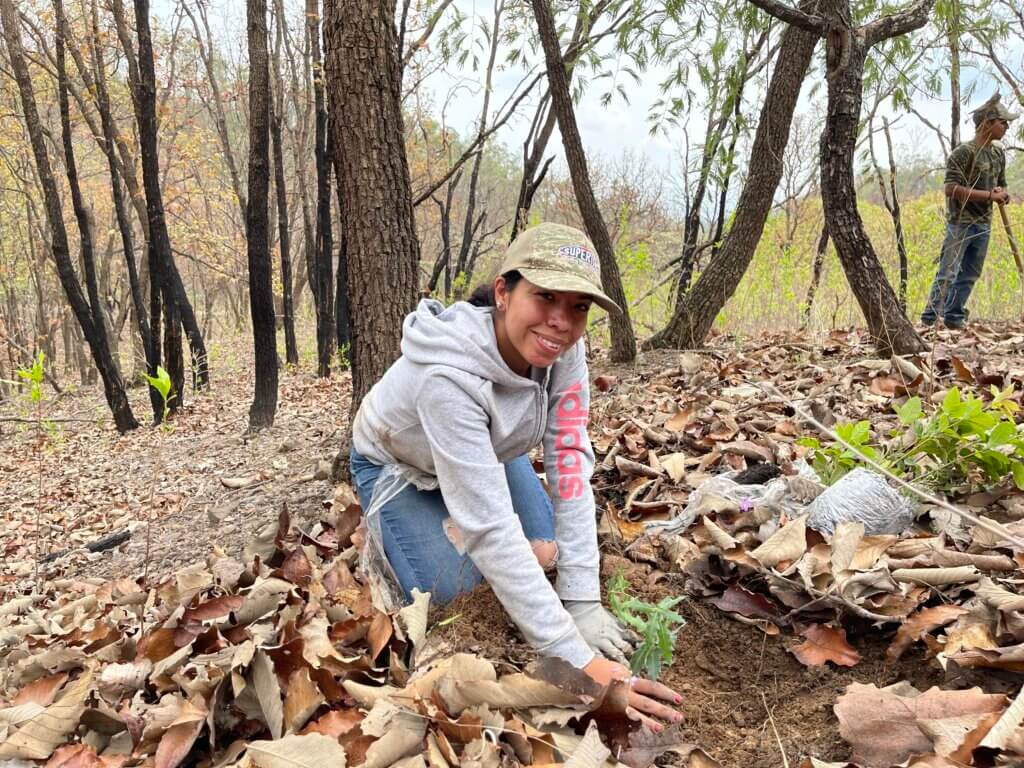
We always plant a mix of native tree species. Generally, the mix reflects the diversity that already existed in the locations where we plant but it can be weighted to those species that have been hit harder by increased severity of the dry season, illegal logging or pests.
We source our trees from only certified local nurseries. These nurseries often collect seeds locally and cultivate the trees from these local seeds.
Hang in there…
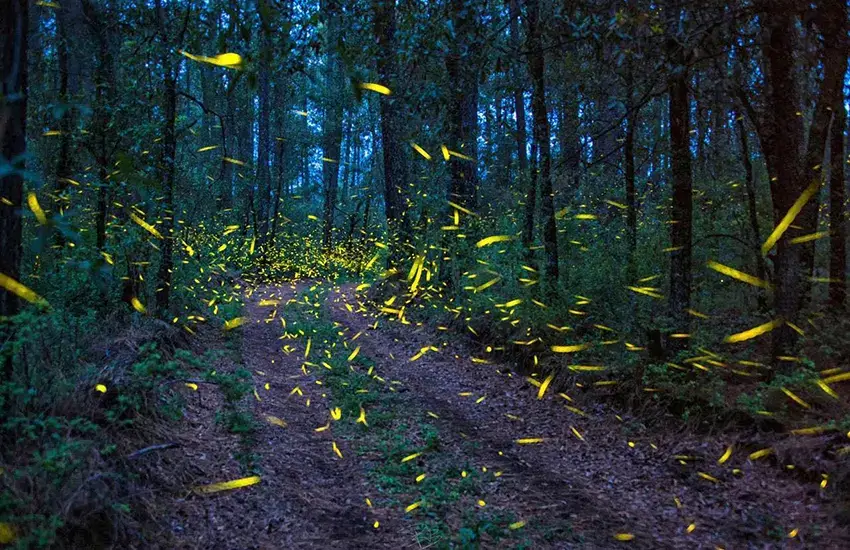
We salute everyone who is making an effort to plant trees, fight the climate crisis and restore local biospheres. It is a hard job, there are no financial rewards and it can get hot out there! But people keep working to make things better and we think it’s awesome.
Visit their projects at El Magistral Mexico Reforestation, Santa Rita Tlahuapan Reforestation and Santa Maria Coapan Reforestation to learn more.
